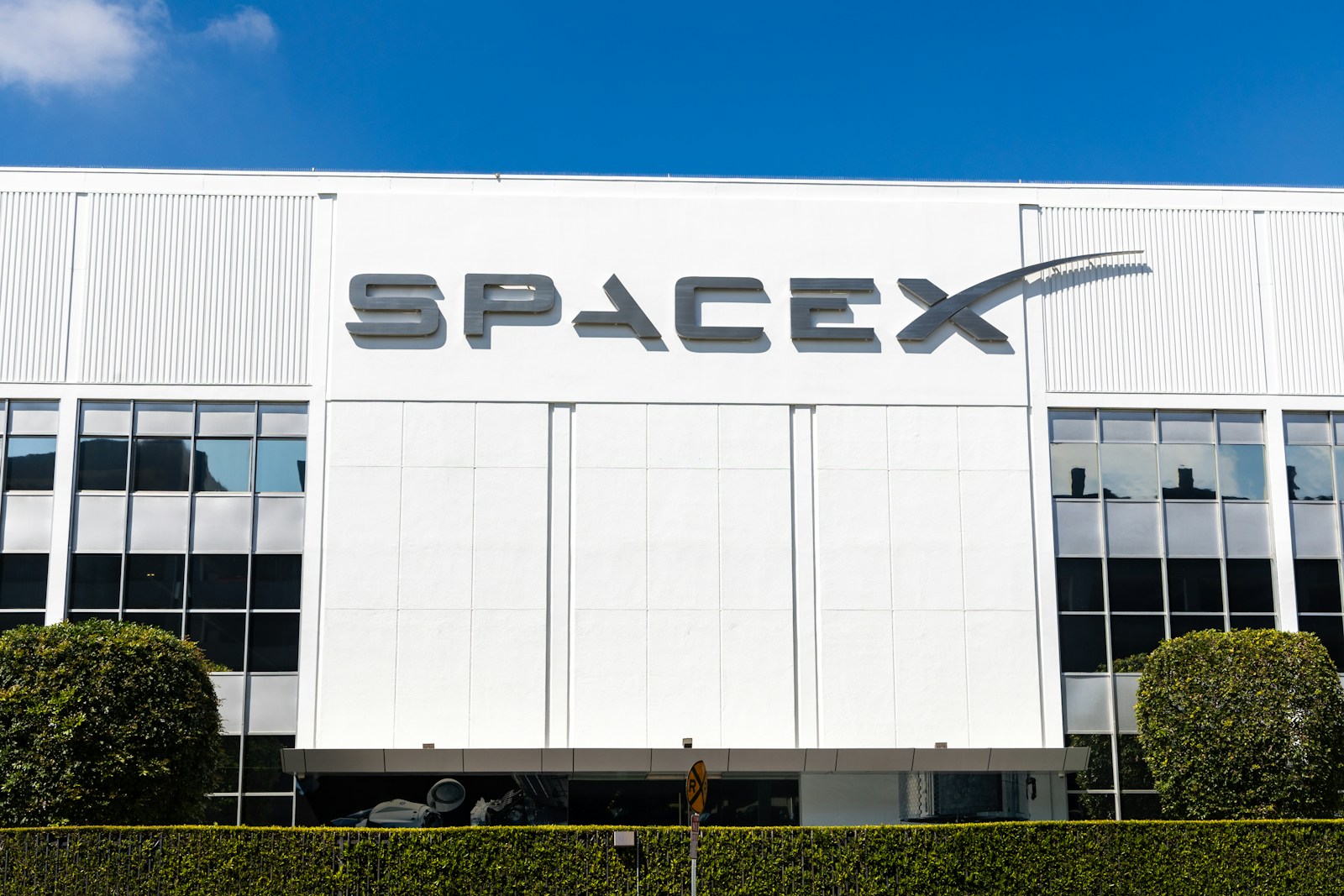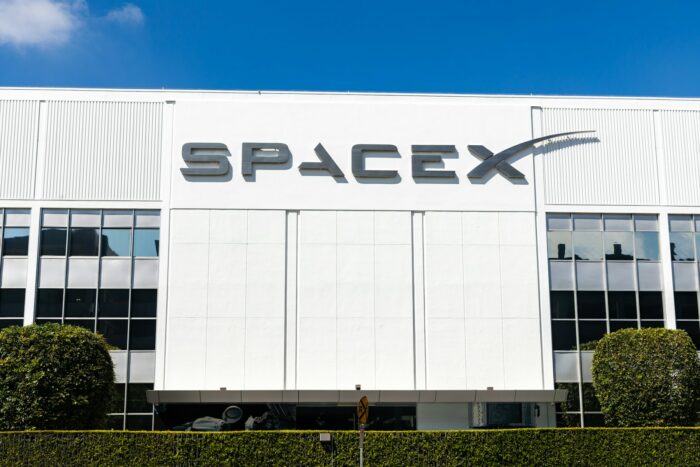Insider Brief:
- Nokia Bell Labs has been selected by the U.S. Defense Advanced Research Projects Agency (DARPA) to participate in the 10-Year Lunar Architecture (LunA-10) program.
- Nokia Bell Labs will collaborate with 13 other companies across various sectors, including energy, transport, and construction, to recommend a reliable, high-performance communications infrastructure for lunar operations.
- The program’s goal is to deliver a comprehensive blueprint by mid-2024, facilitating the establishment of commercial operations on the lunar surface by 2035.
On January 23, 2024, Nokia Bell Labs, the research arm of Nokia, announced it had been selected by the U.S. Defense Advanced Research Projects Agency (DARPA) to participate in the 10-Year Lunar Architecture (LunA-10) program. As one of only 14 organizations chosen, Nokia Bell Labs will contribute its expertise in designing future network architectures to develop a comprehensive communications services infrastructure framework for the burgeoning lunar economy over the next decade.
DARPA’s LunA-10 initiative aims to design an integrated multi-service architecture supporting industrial activities and scientific discovery on the Moon. Nokia’s selection underscores its leadership in advanced space-based communications and its ongoing mission to establish the first cellular network on the Moon.
Nokia Bell Labs will collaborate with 13 other companies across various sectors, including energy, transport, and construction, to recommend a reliable, high-performance communications infrastructure for lunar operations. The program’s goal is to deliver a comprehensive blueprint by mid-2024, facilitating the establishment of commercial operations on the lunar surface by 2035.
Thierry E. Klein, President of Nokia Bell Labs Solutions Research, expressed excitement about contributing to DARPA’s groundbreaking initiative, highlighting Bell Labs’ legacy of technological advancements. Klein emphasized Nokia’s commitment to shaping the infrastructure architecture for the lunar economy, paving the way for a permanent human presence on the Moon.
Notably, Nokia’s involvement in LunA-10 aligns with its participation in NASA’s Tipping Point initiative, where the company plans to deploy the first cellular network on the Moon in 2024. Nokia Bell Labs’ rich history in space innovation, dating back to the Mercury Program, solidifies its position as a key player in shaping the future of lunar communications infrastructure.
If you found this article to be informative, you can explore more current space industry news, exclusives, interviews, and podcasts.
Share this article:










